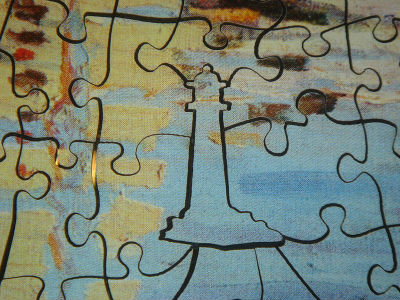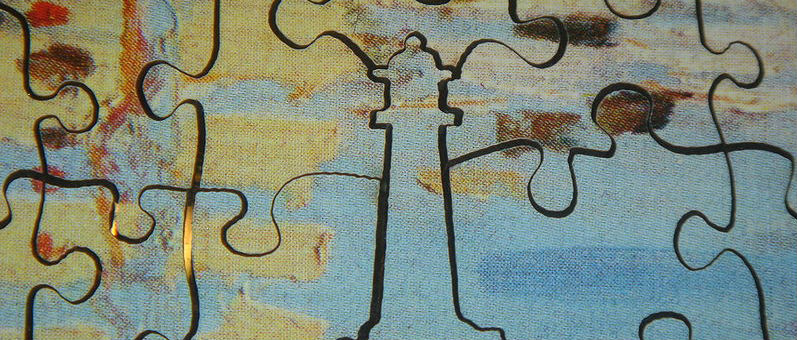This lesson plan by T&W teaching artist David Surface breaks down descriptive writing for second-graders. By collaboratively organizing sensory details and combining them into structured sentences, students see how they can write detailed, evocative prose piece by piece.
Lesson Overview
Grade(s) Taught: 2nd
Genre(s) Taught: Nonfiction, memoir
Download: Memories and Descriptive Details
Common Core State Standards:
(Refer to Anchor Standards for Writing at English Language Arts > Writing > Grade 2)
- ELA-LITERACY.W.2.3
Write narratives in which they recount a well-elaborated event or short sequence of events, include details to describe actions, thoughts, and feelings, use temporal words to signal event order, and provide a sense of closure. - ELA-LITERACY.W.2.5
With guidance and support from adults and peers, focus on a topic and strengthen writing as needed by revising and editing.
Guiding Questions:
- When you picture a place you remember, what do you see there?
- What do you hear, smell, feel?
- Now, return to the first thing you said you see; does that thing make a sound? Have a smell? How do you feel when you see it? etc.

LESSON
Introduction:
Recall a place you remember and want to write about, and re-imagine it deeply (with your eyes closed).
Main Activity:
Copy the graphic organizer handout on the board. Ask a volunteer to give an example of a place many people have been (ex: beach, pool, school yard, cafeteria, etc.). Write the place in the middle circle. Write a bare-bones sentence about the place (ex: the beach is pretty). Ask the students to suggest descriptions for this place. Write answers in the appropriate boxes for hearing, feeling, seeing, etc. After a few responses, ask students if they know why you are dividing them in this way. This will give them the chance to make the connection to sensory detail on their own.
When there are at least three details in each circle, go back to the bare-bones sentence and rewrite it incorporating all the sensory details.
Transition:
Hand out the graphic organizers. Ask students to choose a place they remember, and then to use the graphic organizer to record sensory details they remember and to come up with “detail chains” as the building blocks for rich, evocative sentences. Before the end of class, make sure every student has written least one sentence that describes their chosen places thoroughly.
Closing: Share your sentences!
Materials:
- Graphic organizer
- White board or chart paper
Vocabulary:
Sensory detail, graphic organizer, evocative
Multi-Modal Approaches to Learning:
This lesson incorporates strategies to connect with interpersonal learners (group brainstorming); visual learners (using the graphic organizer); kinesthetic learners (honing in on sensory memory and detail); and intrapersonal learners (independent writing exercises).



